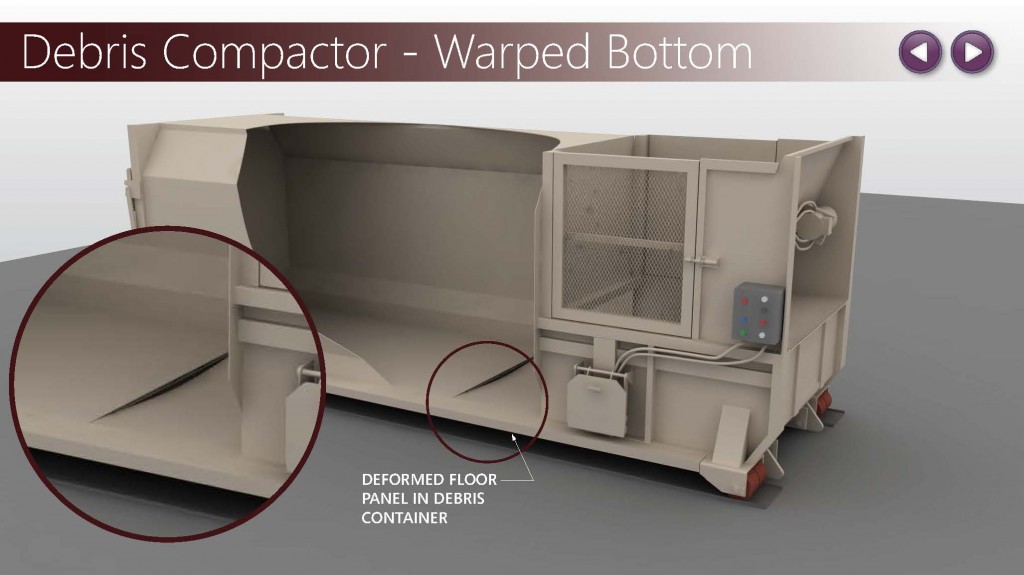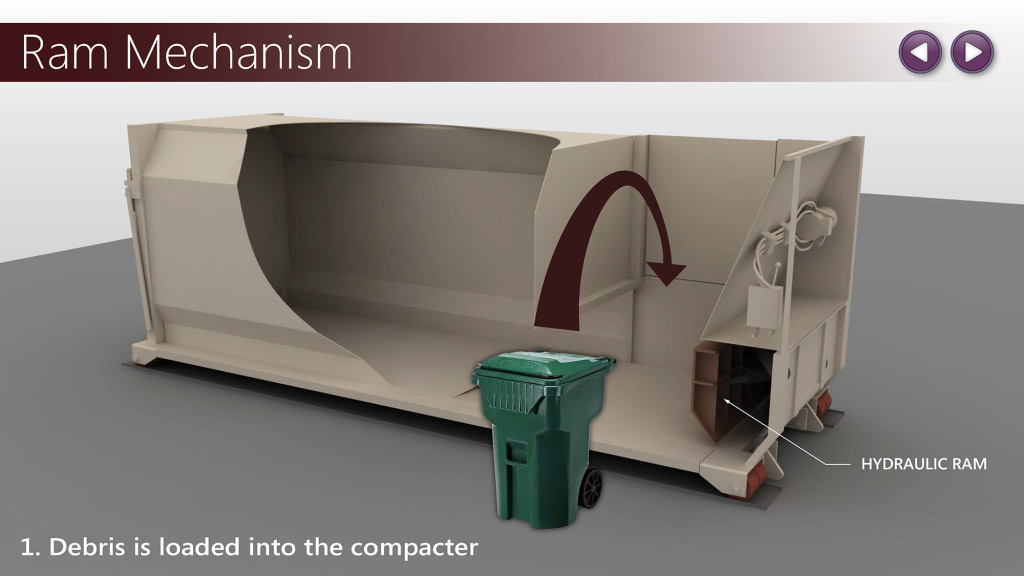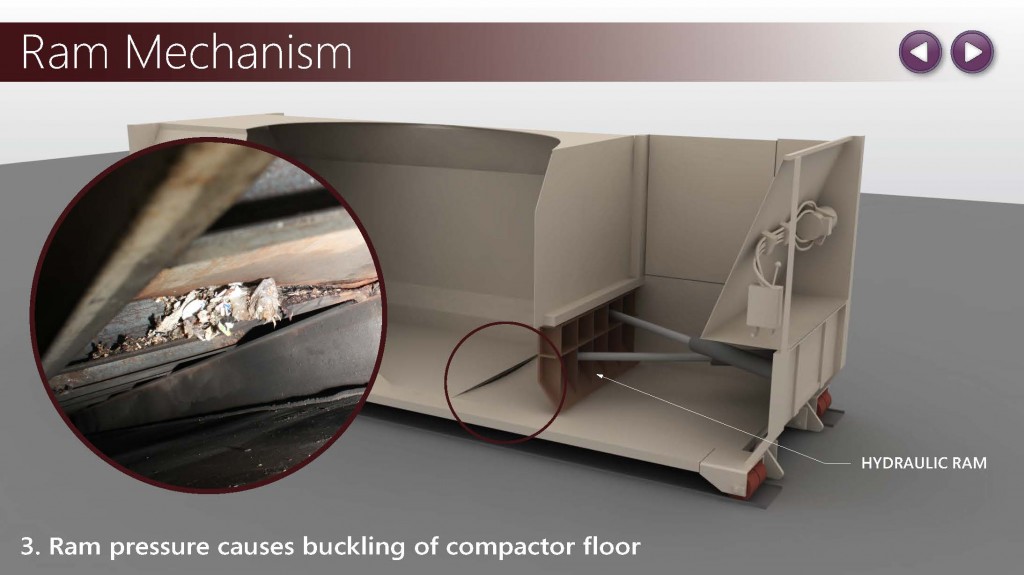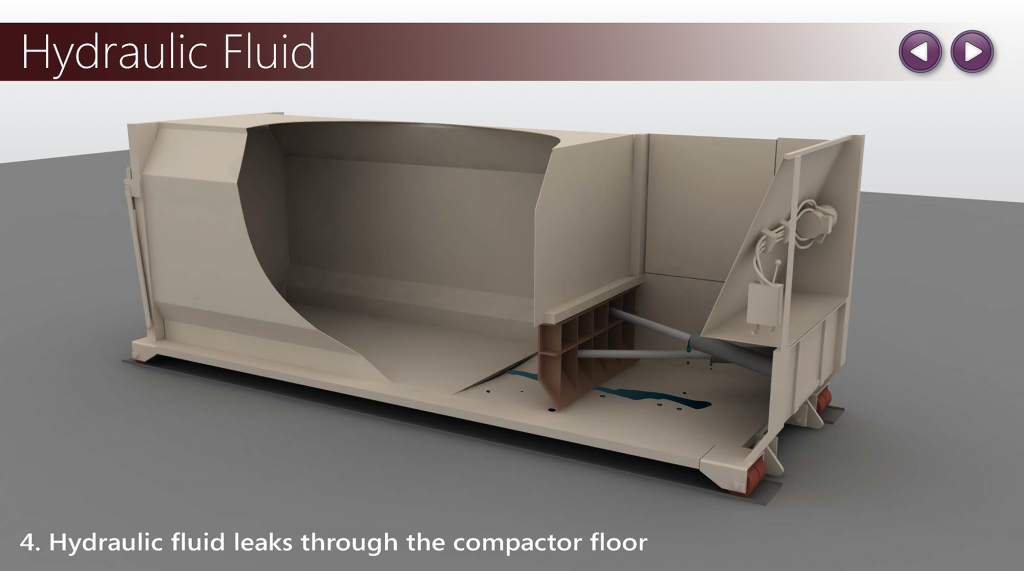Menu
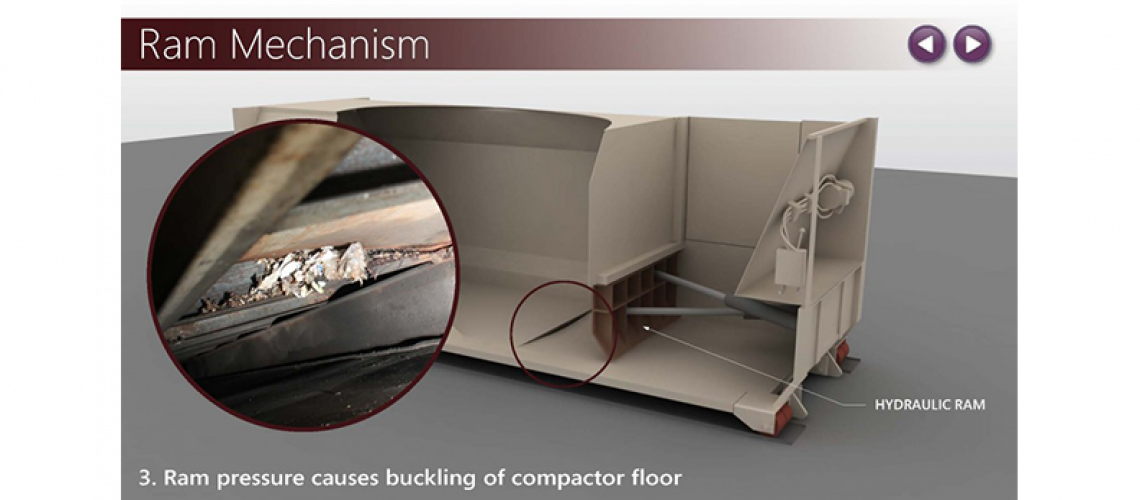

Morgan Smith
How Storyboards Helped Win a Multimillion-Dollar Verdict
Storyboards can be a great option for your case presentation. Storyboards can be as effective (and sometimes more effective) than an animation. Additionally, storyboards inevitably cost less than animations, since doing a storyboard is generally the first step of an animation, and then a significant amount of time (and money) is spent actually animating and rendering the concepts. I also have found that storyboards are easier to get admitted into evidence, since judges see them as simply helping explain expert or witness testimony.
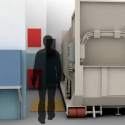 A recent case Cogent Legal worked on highlights how storyboards can be a great option for your case presentation.
A recent case Cogent Legal worked on highlights how storyboards can be a great option for your case presentation.
The name “storyboard” comes from animated movies where the entire plot of a movie is made in images, generally drawn by hand, representing six-second intervals of the action for the entire movie. Joe Ranft, formerly head of story at Pixar before his untimely death, was a master of the storyboard, and here’s a tribute made by the Pixar folks after his death using the storyboard format as a memorial to him.
I had the great honor to represent Joe’s family in his wrongful death action some years back. Ever since that case, I’ve realized the power of simple images to tell a story and that storyboards can be as effective (and sometimes more effective) than an animation. Additionally, storyboards inevitably cost less than animations, since doing a storyboard is generally the first step of an animation, and then a significant amount of time (and money) is spent actually animating and rendering the concepts. I also have found that storyboards are easier to get admitted into evidence, since judges see them as simply helping explain expert or witness testimony. (See prior post on detailed discussion of admissibility issues for California cases.)
Cogent Legal developed storyboards for a recent case represented by a good friend of mine, attorney Steger Johnson, and his case highlighted the value of storyboards for trial. (See below for examples from the case.)
I worked with Steger at a couple of different firms when I was practicing as a litigator. This case involved a claim that a large trash compactor was leaking fluid, which the plaintiff slipped on and suffered a very serious back injury. The defendant PG&E owned the property where the leaky trash compactor was located and hired the plaintiff’s employer to do work inside their building.
In order to explain this incident, and to help support the liability claim, it was important for the jury to understand what the trash compactor was, how it operated, how it was defective and how it would allow fluid to leak out. In this case, the plaintiff was walking alongside the compactor and slipped on a piece of cardboard that was covering a leak. It’s likely that someone put the cardboard there thinking it would help prevent someone falling, but actually made it worse since the plaintiff was not aware of any oil under the cardboard.
In supporting this case, Cogent Legal suggested and developed a number of images in the storyboard format. Together, they show in a simple way how the equipment functions, how it allegedly was defective, and how the defect caused the injury. This all could be done by animation, but it was faster and easier to use the storyboard format.
The work we did was used to support the reconstruction expert who did a detailed inspection of all the equipment and opined that the leak was from the trash compactor. Cogent Legal designers built a to-scale 3D model of the compactor accomplish this work.
The following are some of the images developed for the case:
In order to understand the importance of simple images to explain a case, just imagine not showing these images to a jury and having to explain everything you see in them with words instead. Not surprisingly, this is precisely what counsel for the defendant wanted, with numerous strong attempts to exclude any of these images from trial.
Ultimately, the judge allowed the jury to see the images, and the jury found in favor of the plaintiff, awarding over $4.3 million in total damages to the plaintiff and his wife.
If you’d like more information about storyboards or other formats for litigation graphics, please do not hesitate to email me or call 510-350-7616.
If you’d like to receive updates from this blog, please click to subscribe by email.
Recent Posts
- Proper Digital Discovery, Part IV: Using Drones in Modern Litigation
- Proper Digital Discovery, Part III: Using Digital Imagery in Modern Litigation
- Proper Digital Discovery, Part II: Electronic Measuring Data
- How to Obtain Proper Digital Discovery, Part I: Photography
- California Courts – Latest Updates


